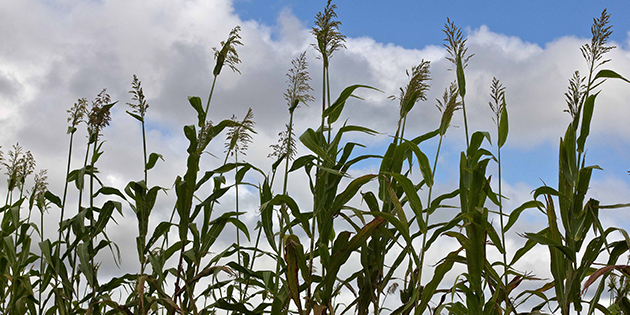“In seed time learn, in harvest teach, in winter enjoy.” – William Blake
If you are marketing to farmers, you may feel that approaching them in the winter gives you your best chance to reach them. This is true in large part because farmers traditionally have more free time in the winter months.
That is not to say that farmers do nothing in the winter, especially those who raise livestock. But even farmers who strictly grow crops keep busy with other farm-related tasks. And while the days are shorter and the fields wet or frozen, many farmers are working on their books, ordering supplies and making sure their tractors and other farm equipment is in working order.
Everyone knows that time is money, and even though their hectic schedules may have slowed a bit, you never want to waste your customer or prospects time. So how can you let farmers know you value their time? Here are some surefire ways:
- Be direct. If you have done your homework, you know what your customers and prospects need. When you speak to them get right to the point. Offer them the best products at the right time. Farmers will appreciate your straightforwardness and the fact that you know they have an operation to run.
- Pay attention. If your customers or prospects are not responding to you, figure out why and make the necessary adjustments. When you continue to approach farmers in ways that aren’t working, you are wasting their time and yours. If, after you have adjusted your approach, they still aren’t interested it is time to back off.
- Reach out in the right way. Do your customers or prospects prefer to connect with you in person? On the phone? Do they prefer email? Are they most comfortable on their mobile device? Are they comfortable being on mailing lists? These are the things you need to know before you spend too much time reaching out to them in the wrong way.
Farmers may have a little more time to spare in the winter months but chances are if they do, they don’t want to spend all their extra time talking with salespeople. Always remember that in spring, summer, fall or winter, farmers need to know that you value their time.



